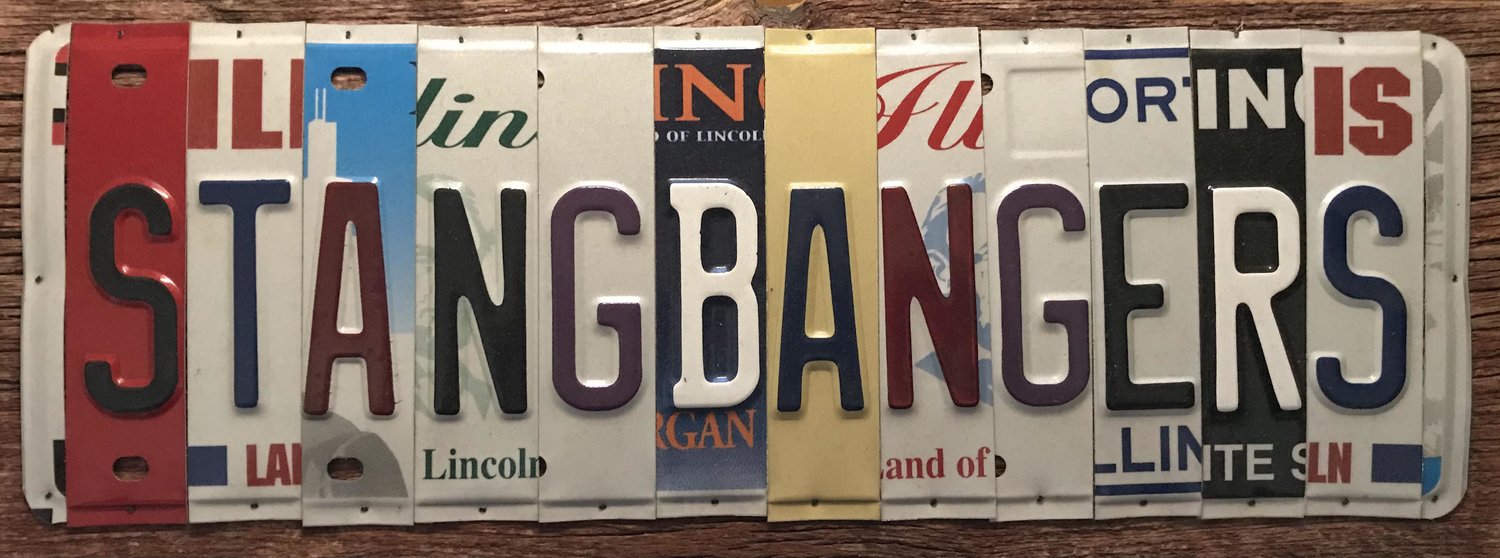The first car with sequential taillights wasn’t the Ford Mustang
Sequential taillights are an answer to a question no one asked. Standard blinking turn signals did their job just fine, but just fine wasn’t flashy enough for Ford’s new-for-1964 Thunderbird.
With the design refresh of the ’64 T-bird, Ford had prepared new technology to wow consumers into laying down the cash to purchase the stylish two-door — sequential taillights. The system separated the rear taillights into three bulbs, allowing each to light individually in a sequential pattern. Although the system was intended to be used on 1964 models, it was delayed until ’65 because the system had to be approved in all 50 states in order to be legally compliant.
The mechanics behind the system seem very simple today, but modern cars benefit from 50 years of electrical development. This primitive system used the turn signal switch to complete the circuit, providing power to the corresponding bank of lights. Power traveled through the sequencer, which is a small electric motor with three cams. The cams — one for each bulb in the taillight — independently triggered three switches. By rotating the cam, the bulbs lit in sequential order, turned off, and repeated the process until the turn signal switch was cancelled.
The Thunderbird might have been the first to get this nifty tech, but Ford soon shared the system the Mustang-based Mercury Cougar in 1967. The Shelby GT500 also got sequential lights in 1968.




